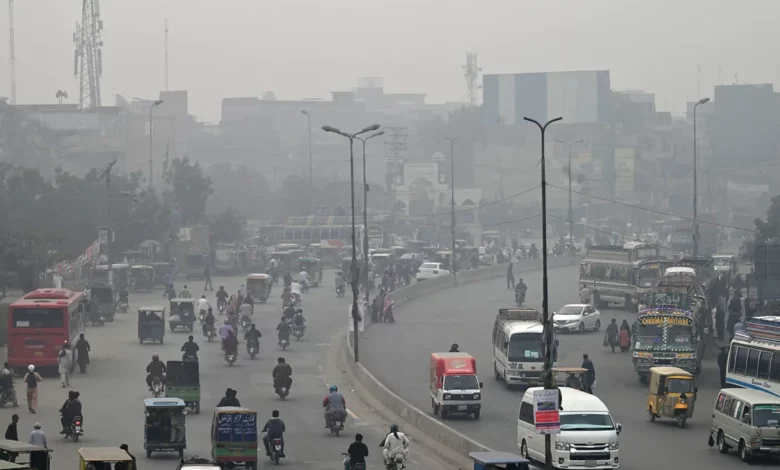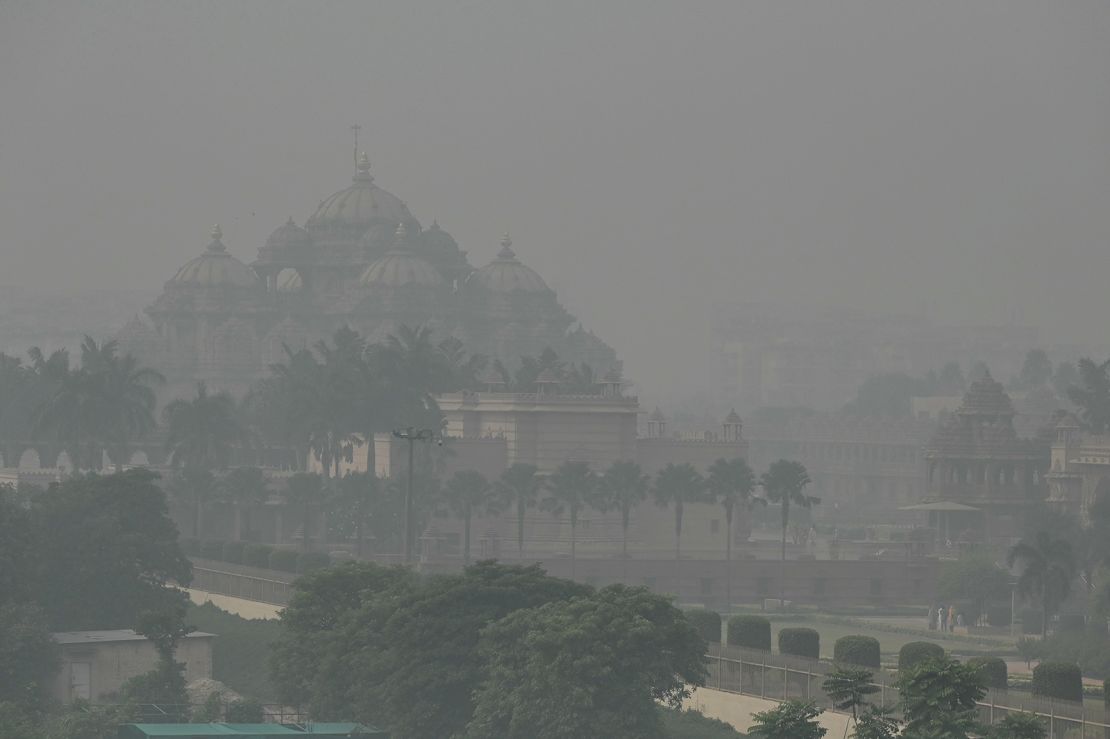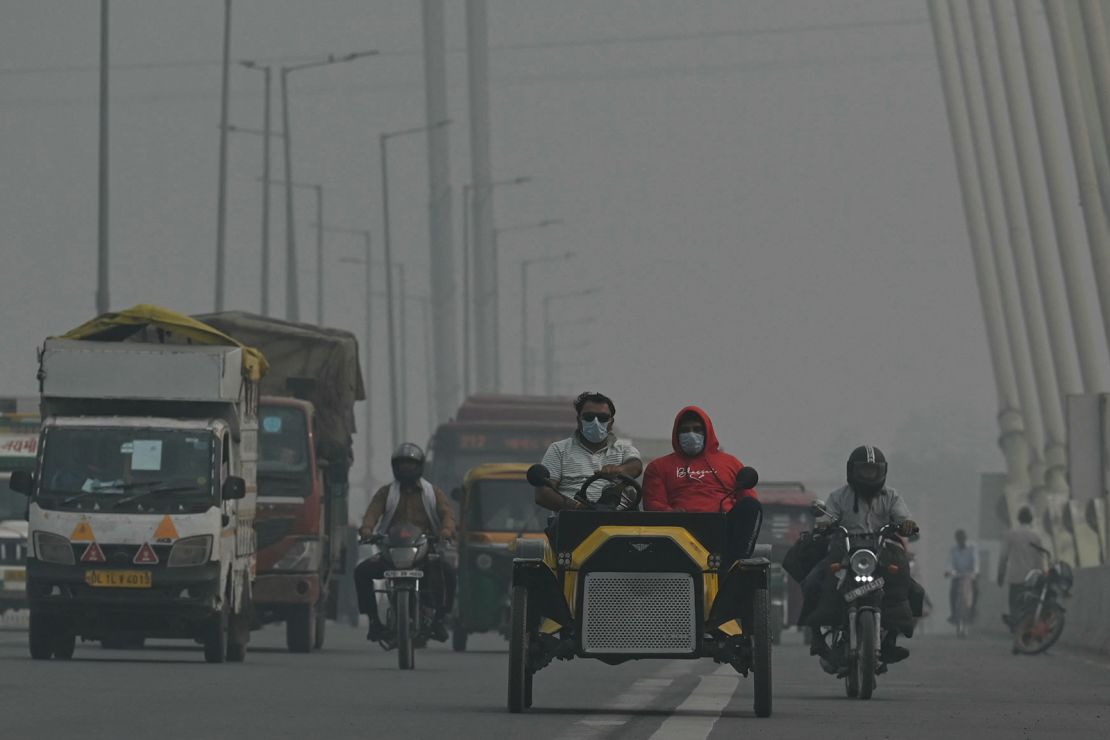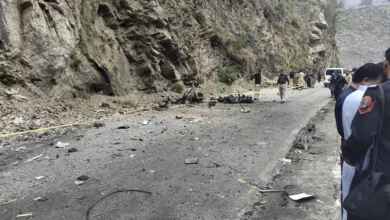
Lahore has become the latest megacity to shut down as pollution chokes swathes of South Asia, where nearly 50 million people have been breathing toxic air for nearly a week.
Pakistan’s second most populous city – of more than 13 million people – has shut schools and closed public parks, malls and offices after the air quality index (AQI) this week spiked to more than 400, according to IQAir. That number is considered “hazardous” by the Swiss air tracking company.
Authorities in Pakistan’s Punjab province have imposed an “environmental and health emergency” in three cities – Gujranwala and Hafizabad in addition to Lahore – until the situation improves, its chief minister Mohsin Naqvi said this week. The three cities combined account for more than 15 million people.
“There shall be a limited movement of people to and from these areas by public and private transport,” a statement from Naqvi’s office said Tuesday.
Naqvi’s government has also restricted the gathering of more than four people in one place.
The pollution spike in Pakistan comes after neighboring India saw smog blanket its capital New Delhi last week, as colder temperatures trapped pollution particles, creating a toxic haze that reached hazardous levels.
Traditionally, toward the end of the year after the winter harvest, millions of farmers clear their leftover rice stubble by setting fields alight to prepare for the incoming wheat crop. This, together with vehicular and industrial pollution, has created copious amounts of smog across the northern Indian states of Haryana, Punjab, Uttar Pradesh and New Delhi.
India’s Supreme Court this week ordered authorities in the states surrounding New Delhi to stop farmers from burning leftover crops, while also banning the use of firecrackers nationwide ahead of the upcoming Diwali festival this weekend.
The court has issued similar orders over the years with minimal effect.
Other major Indian cities, including Kolkata and Mumbai, also ranked on IQAir’s list of the world’s 20 most polluted cities this week, with pollution levels fluctuating between “hazardous” and “unhealthy.”
Local authorities have scrambled to implement measures to alleviate the pollution, from restricting vehicles on roads, sprinkling water on pavements and banning non-essential construction to reduce the dust.

Dhaka, the capital of Bangladesh, which has a population of more than 10 million people, also featured on IQAir’s list of most polluted cities, with an AQI that reached 222 on Friday, a number that is considered “very unhealthy” according to the company.
The PM2.5 levels in all these cities far exceed the World Health Organization’s limit and illustrate a growing concern for South Asian countries as they experience rapid industrializations and population booms that are fueling pollution levels.
PM 2.5 particles include pollutants such as sulfates, nitrates and black carbon, exposure to which can impair people’s cognitive and immune functions. They are also linked to lung and heart disorders.
Environment groups and policy makers have long called for more effective solutions to manage population growth, saying current measures such as restricting transport and halting construction make little difference in the long-term.
The effects of the worsening air are already visible in some parts of India.

According to a 2021 study by the Energy Policy Institute at the University of Chicago (EPIC), bad air could reduce the life expectancy of Delhi residents by as much as nine years.
The study also found that every single one of India’s 1.4 billion residents endures annual average pollution levels that exceed guidelines set by the World Health Organization.
Doctors in the Indian capital say they have seen an increase in pollution-related illnesses, with patients complaining of cough, throat irritation, shortness of breath and skin problems, among others.
CNN’s Sophia Saifi contributed reporting from Islamabad.



